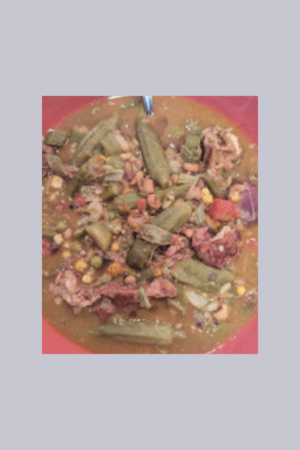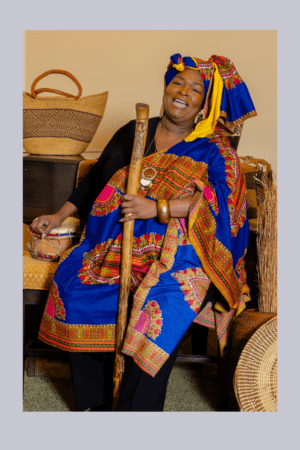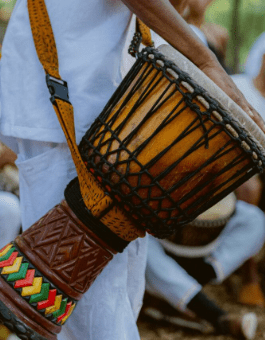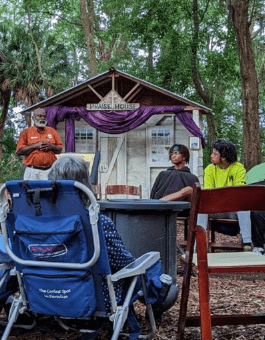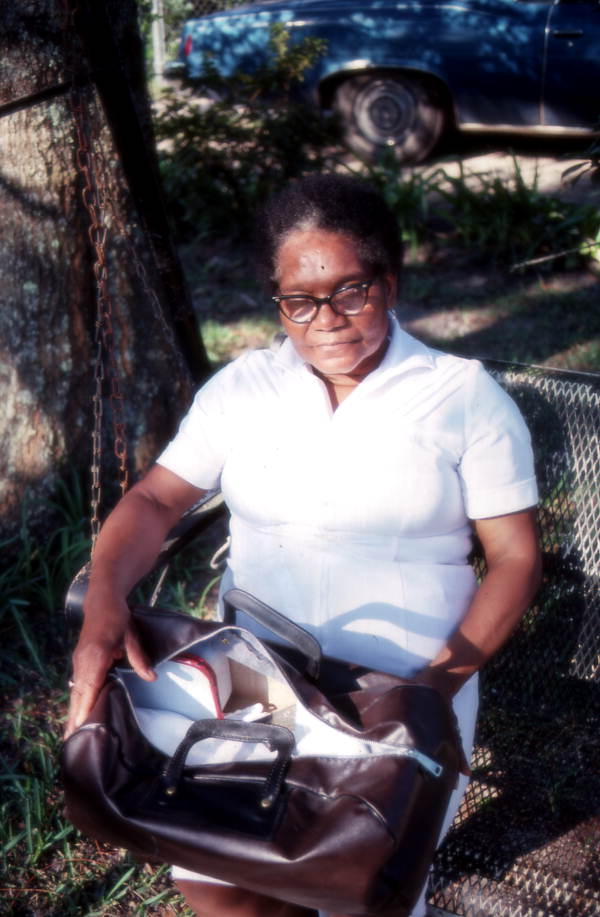
The history of African American midwives is one I love learning more and more about. Growing up in the South Carolina Lowcountry, many of my elders were birthed by midwives deep in the woods and in family homes. To explore this topic, I have curated African American Midwives Books to Add To Your Collection. Check out these books below and be sure to share stories of the midwives from your family and communities.

African American Midwives Books to Add To Your Collection
The Women Who Caught The Babies: A Story of African American Midwives
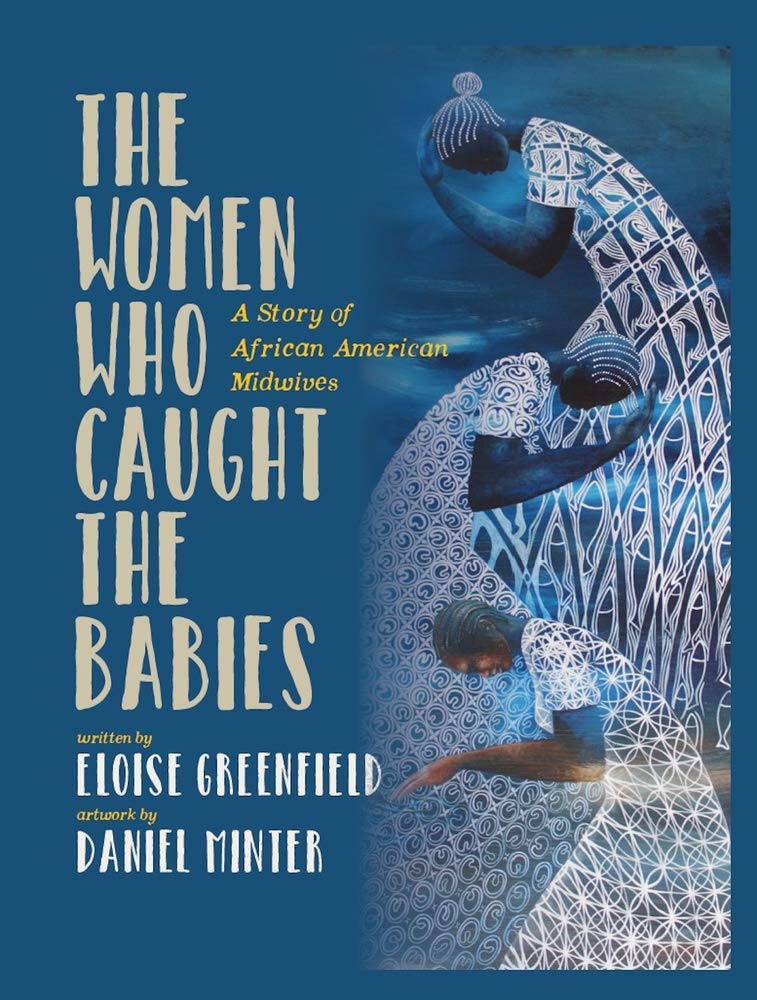
The Women Who Caught the Babies highlights important aspects of the training and work of African-American midwives and the ways in which they have helped, and continue to help, so many families by “catching” their babies at birth. The blend of Eloise Greenfield’s poetry and Daniel Minter’s art evokes heartfelt appreciation of the abilities of African-American midwifes over the course of time. The poem “Africa to America” begins the poetic journey. The poem “The Women” both heralds the poetry/art pairing and concludes it with a note of gratitude. Also included is a piece titled “Miss Rovenia Mayo,” which pays tribute to the midwife who caught newborn Eloise.
Link to Purchase: The Women Who Caught the Babies highlights important aspects of the training and work of African-American midwives and the ways in which they have helped, and continue to help, so many families by “catching” their babies at birth. The blend of Eloise Greenfield’s poetry and Daniel Minter’s art evokes heartfelt appreciation of the abilities of African-American midwifes over the course of time. The poem “Africa to America” begins the poetic journey. The poem “The Women” both heralds the poetry/art pairing and concludes it with a note of gratitude. Also included is a piece titled “Miss Rovenia Mayo,” which pays tribute to the midwife who caught newborn Eloise.
Link to Purchase: https://amzn.to/2NAlSB0
Delivered by Midwives: African American Midwifery in the Twentieth-Century South
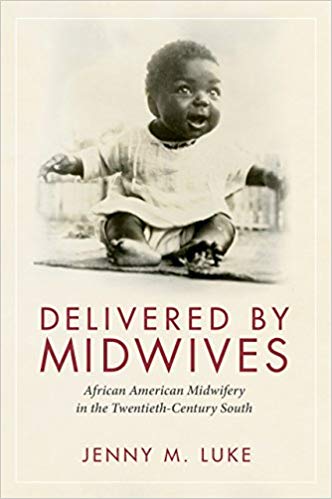
Link to Purchase: https://amzn.to/2qlcyIY
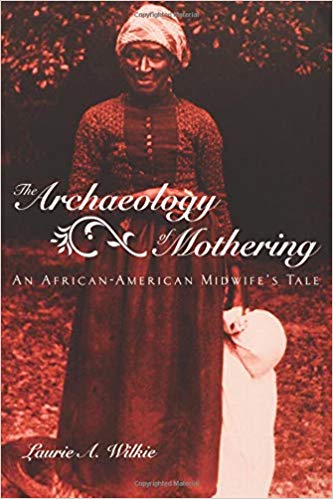
Using archaeological materials recovered from a housesite in Mobile, Alabama, Laurie Wilkie explores how one extended African-American family engaged with competing and conflicting mothering ideologies in the post-Emancipation South.
Link to Purchase: https://amzn.to/2JLQU7X
In the Way of Our Grandmothers: A Cultural View of Twentieth-Century Midwifery in Florida
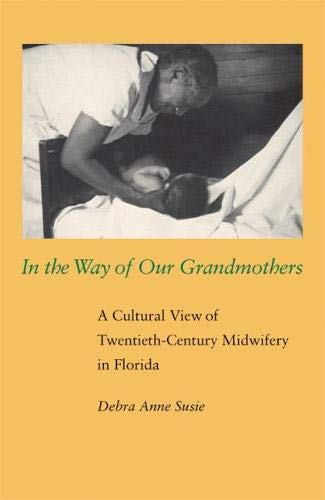
Based on the accounts of midwives, their descendants, and the women they served, In the Way of Our Grandmothers tells of the midwife’s trade―her principles, traditions, and skills―and of the competing medical profession’s successful program to systematically destroy the practice.
The rural South was one of the last strongholds of the traditional “granny” midwife. Whether she came by her trade through individual choice or inherited a practice from an older relative, a woman who accepted the “call” of midwife launched a lifelong vocation of public service. While the profession was arduous, it had numerous rewards. Midwives assumed positions of leadership within their communities, were able to define themselves and their actions on their own terms, and derived a great sense of pride and satisfaction from performing a much-loved job.
Link to Purchase: https://amzn.to/2oH67j7


